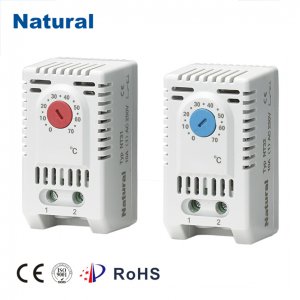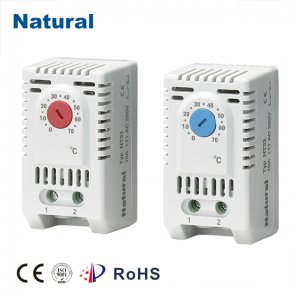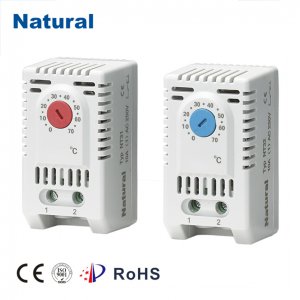In the world of climate control, the adjustable mechanical thermostat plays a vital role in maintaining a comfortable indoor environment. These devices have been a staple in homes and businesses for many years, offering simplicity, reliability, and ease of use. This article delves into the functionality and benefits of adjustable mechanical thermostats, exploring their components, operation, and advantages in both residential and commercial applications.

What Is an Adjustable Mechanical Thermostat?

An adjustable mechanical thermostat is a device that regulates temperature by controlling heating or cooling systems. It operates based on physical mechanisms, typically using bimetallic strips, mercury switches, or gas-filled bellows. The user can adjust the temperature settings manually according to their comfort level. Unlike digital thermostats, which rely on electronic sensors and often have complex programming features, mechanical thermostats offer straightforward functionality without the need for batteries or complicated technology. How Does It Work? The primary component of an adjustable mechanical thermostat is a bimetallic strip, made from two types of metal bonded together. These metals expand and contract at different rates when exposed to temperature changes. As the temperature in the room increases, the strip bends in response to the heat. When it bends beyond a certain point, it activates a switch that either turns the heating off or the cooling system on. Conversely, when the temperature drops, the strip returns to its original shape, which will either activate heating or turn off cooling.
